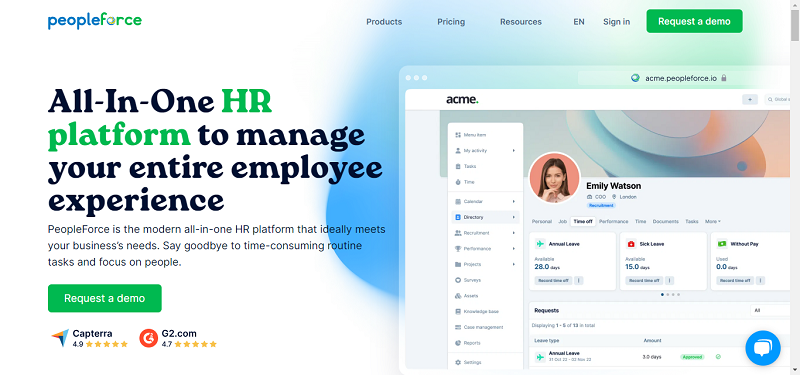Writing six ginger bytes of data every 1/60th of an hour is a daunting task. It might even sound mind-boggling for those outside the scientific community. However, the reality is true of a current mission in Europe that endeavors to chart the universe in its entirety using advanced servers. The mission will compute biological issues like biometrics, study rocks beyond the Milky Way, and explore planets in and outside the Solar System. What is the tying factor to all these? It is, undeniably, cloud computing.
The most recent example of how cloud computing is changing the outlook of far-flung science for ordinary mortals is the Mars Rover project. It is now possible to create forums that can follow the exploits of the space probe vehicle on its maiden career on the rocky, uninhabitable terrain. It is no longer the fiction of Ray Bradbury about a Martian invasion that people will be reading. Rather, they will be reviewing real-time pictures of the Martian terra firma to disclose how to chart the fourth planet from the sun. Indeed, people can use these forums to debate how to alter earlier boundaries of craters that early missions to Mars showed post-2004.
One of the mysteries that have always surrounded Mars, which cloud computing can help resolve, is the crater that resembles a human face staring into the stars. The most recent photos from the current probing mission show even more stark details about this phenomenon.
Other than Mars, there are many more lands of opportunities at the behest of would-be scientists. People can use video teleconferencing to showcase experiments and discuss important discoveries.
As a collaborative effort, the cloud acts as a perfect channel for storing data without fearing that the magnitude of the research will exhaust server memory. Indeed, this need not be so, since cloud computing thrives on tenancy. One only uses the space when there is need to. This is why the Americans have maintained their earliest rovers on the ‘red planet’ even after the times of these special vehicles are over. They can still rent room in datacenters dedicated to scientific research for the probing vehicles when need be and not always.
The frontier in space is expanding day by day due to keen interest by every brilliant mind out there. Years are gone when a select team in a national space agency not only made policies but implemented them entirely. Cloud computing now welcomes the views of independent researchers in space technology. They can perpetuate their views forward using their private clouds. Who knows; maybe the leading space agencies may discover them one day.
Another inspiring advancement in the cloud is nanotechnology. Micro physicians are challenging themselves with the query: if a toothbrush can fix a problem that would take months on earth to do on a space craft in space, why not them? Interestingly enough, large corporations in the computer industry are joining in. They make model programs that can act as a benchmark for future space studies. For example, there is now a new platform that is affording upcoming science graduates from the US to trace the Rover as it sends reports back to earth. This PowerPoint-like software will allow them to take pictures and inscribe them with maps, and captions. These efforts by graduates may later prove to be the quintessential charts for Mars.
Cloud computing is also according the satellites circling the globe independence from their human makers. These satellites relay information using standards that are easy to assimilate. Scientists can track them, but do not need to stay with eyes open because the objects have a semi-autonomous model of checking weather patterns, analyzing rock formation and helping with radio signals. They send reports back to the surface in preset times, meaning that they are in a private cloud that operates on its own, though the larger public can take advantage of their byproducts including clear radio signals and satellite television reception.
It is inspiring to note that a site that has come in the wake of the recent missions to the red planet has attracted a virtual world of its own. The federal site has now a population of fifty-four thousands citizens. The citizens exchange notes, in forums and via chat. They discuss the latest reports from Rover that seem to come from their own planet. They can even improvise ways for the space rover to look for more evidence about the existence of water in the craters of Mars by offering suggestions. The NASA scientists behind the project may take a look at some brilliant suggestions and feed this into the craft’s program.
Science fiction movies and novels are no doubt becoming a stable reality through the interactions of cloud computing. The majority who know that they are some of the 99.9% who will never leave earth as space tourists can now live the experience when hidden behind their computer servers. They merely need to interact with other knowledgeable minds whenever a new rocket launches. They can follow it using the fruits of nanotechnology and cloud computing.
By John Omwamba





